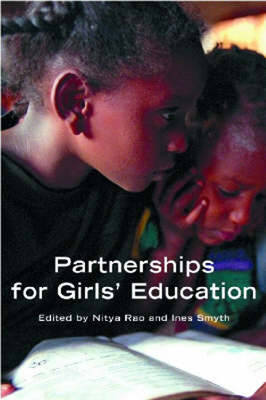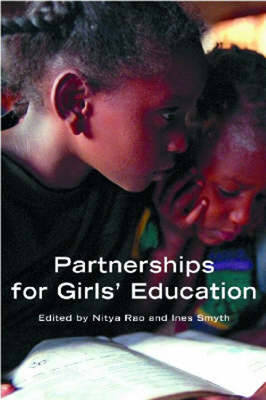
- Afhalen na 1 uur in een winkel met voorraad
- Gratis thuislevering in België vanaf € 30
- Ruim aanbod met 7 miljoen producten
- Afhalen na 1 uur in een winkel met voorraad
- Gratis thuislevering in België vanaf € 30
- Ruim aanbod met 7 miljoen producten
Zoeken
Omschrijving
The idea of partnerships - involving multinational donors, governments, international non-government organisations, the private sector, civil society, and local communities - is increasingly current in debates about development. They are widely seen as the most effective way to achieve sustainable economic and social benefits for the poorest people. How does this vision translate into reality for education services? In particular, what types of partnership are most likely to increase opportunities for girls and women, millions of whom are excluded from education? Can innovative local initiatives be scaled up without losing the community involvement that made them so successful in the first place? By documenting and analysing the achievements and challenges of actual partnerships for girls' education, this book aims to suggest strategies for progress towards the Millennium Development Goals. An account of the formation and development of the Global Campaign for Education is followed by detailed case studies from Bangladesh, Egypt, the Philippines, Peru, and sub-Saharan Africa, illustrating a wide range of partnerships and raising crucial questions about power and control, scaling up, and sustainability. Nitya Rao and Ines Smyth reflect on these questions in an extended introduction to the book, and in the conclusion they summarise the lessons learned from the examples cited. By setting global, regional, national, and local case studies in an analytical framework, this book demonstrates the importance of ensuring that partnerships are not reduced to the lowest common denominator but aspire to the highest standards and broadest visions.
Specificaties
Betrokkenen
- Auteur(s):
- Uitgeverij:
Inhoud
- Aantal bladzijden:
- 180
- Taal:
- Engels
Eigenschappen
- Productcode (EAN):
- 9780855985134
- Verschijningsdatum:
- 15/12/2004
- Uitvoering:
- Paperback
- Formaat:
- Trade paperback (VS)
- Afmetingen:
- 168 mm x 234 mm
- Gewicht:
- 294 g

Alleen bij Standaard Boekhandel
+ 60 punten op je klantenkaart van Standaard Boekhandel
Beoordelingen
We publiceren alleen reviews die voldoen aan de voorwaarden voor reviews. Bekijk onze voorwaarden voor reviews.











